ADSactly Travel - The Extraordinary Story Of Warsaw Zoo And Its Keepers
The Extraordinary Story Of Warsaw Zoo And Its Keepers
In June 1927, the Town Hall of the city of Warsaw decided to establish an urban zoological garden in the Praga district. The first director was Wenanty Burdziński, co-founder and long-time head of the zoological garden in Kiev. The ceremonial opening of the garden took place on March 11, 1928. The inhabitants were animals handed over by already existing for several years smaller Warsaw zoological gardens and a biological study of Mieczysław Pągowski.
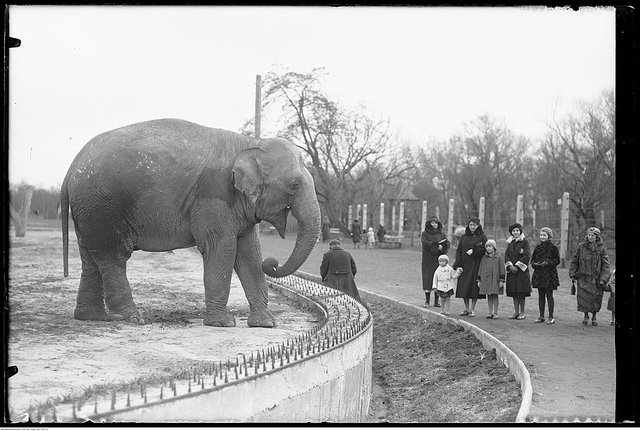.jpg)
An Elephant (Narcyz Witczak-Witaczyński, 1933), User: https://audiovis.nac.gov.pl/obraz/252606/ Licence: Public Domain
The newly-opened garden occupying 28 ha had several hundred animals, representatives of 22 species of domestic mammals, 31 exotic and 129 species of birds.
Tickets cost 10 and 30 grosz - cents. The visitors' favourites were young leopards, a family of lions and a herd of tamed wolves.
Few months after the opening of the zoo, director Burdziński suddenly died.
On June 1, 1929, the scientific director, Jan Żabiński, became the new director. The 1930s was a period of intense development of the Garden. New objects were created; the monkey house, building for elephants, hippos, giraffes, fur animal pavilion and seal pool. The greatest success was the birth of an Indian elephant in 1937. To this day, it is the only elephant born in Polish zoological gardens.
This magnificent period of the garden was interrupted unexpectedly by the outbreak of war. The zoo was bombed in the first days of September 1939. The aviary and the monkey house burned, dozens of animals died from wounds, most of the predators were liquidated on the orders of the Nazi authorities. Many valuable animals were taken to German zoos.

An aerial view of Warsaw burning, September 1939, User: Bundesarchiv, Bild 141-0763 Licence: CC BY-SA 3.0 de
During the occupation, several dozen people who were in danger of death or prison found shelter in the Zoo. Among them were many runaway Jews from the Warsaw ghetto, often led out from behind the wall by the Zoo director himself. Some of them spent several months there. Every day the Żabińskis risked their lives. For these activities, Antonina and Jan Żabiński were honoured in 1965 with the title Righteous Among the Nations.
Officially, the Warsaw Zoo did not exist during the occupation. Former employees were involved in running pig farms created for the needs of Varsovians. Director Jan Żabiński devoted himself to conspiratorial work. He lectured at the secret University of Warsaw, took part in Home Army (AK) subversive actions, organized the storage of explosives in the Garden. Severely injured during the Warsaw Uprising, he was sent to a prisoner-of-war camp in Delmenhorst. Without waiting for the official repatriation, he returned to Poland in October 1945 and immediately began to work on the reconstruction of the Warsaw Zoo. During the reconstruction of the Zoo, residents of the capital participated in large numbers. They have applied with their own equipment, selflessly donating work. Thanks to pre-war contacts with foreign gardens and efforts on the international forum, director Żabiński received the first exotic animals and the experienced employees from before the war returned to work.
On May 15, 1948, the Warsaw Zoological Garden was reopened. Jan Żabiński managed the Garden until 1950. He left at his own request and devoted himself to scientific work. He recorded 1.5 thousand radio broadcasts that at this time all Poland has been listening to!
The 50s were the period of reconstruction of objects destroyed during the war. The Zoo area was enlarged to 40 ha. In 1951, the construction of a swimming pool for white bears begun. In 1952 a catwalk of brown bears arose.
In 1956, the Scientific Council was appointed. Its members included eminent professors of Polish universities. Changing its composition over the years, the Council is still active today. It is an advisory and opinion-forming body of the Garden.
In 1971 a giraffery was built making space for two giraffes coming from Kenya.
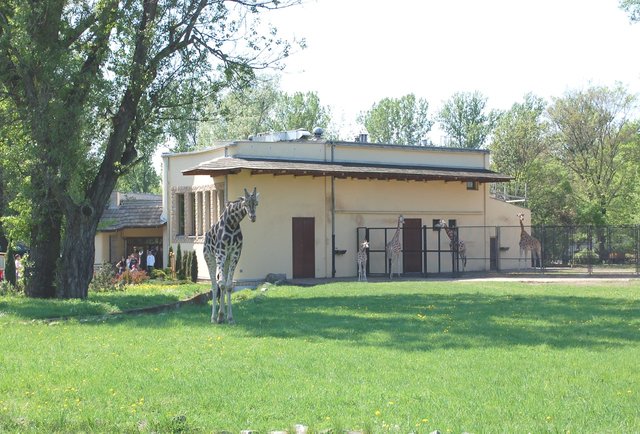
Giraffes, User: Wistula Licence: CC BY-SA 3.0
In 1975 for the first time in Poland, polar bears Wars and Sawa were born in the garden - they lived in the Zoo for almost 30 years.
After the untimely death of director Landowski, the new director was appointed. Zbigniew Woliński paid great attention to educational and popularizing activities.
In 1981, the competition for the new director was won by a scientific employee of the Polish Academy of Sciences, Dr Maciej Rembiszewski. He managed the Garden for 27 years. He introduced the Warsaw Zoo to international, prestigious organizations. To Warsaw came valuable species of animals: among others, small pandas, cheetahs, African elephants, rhinoceroses, ant-eaters, apes.
In 1991, the foundation for the development of the Warsaw Zoological Garden "PANDA" was founded, supporting the Garden, modern, all-year expositions were built - herpetarium (1997), birdhouse (1998), elephant house (2004), a building for gorillas and chimpanzees (2008), Hippopotamiary (2010).
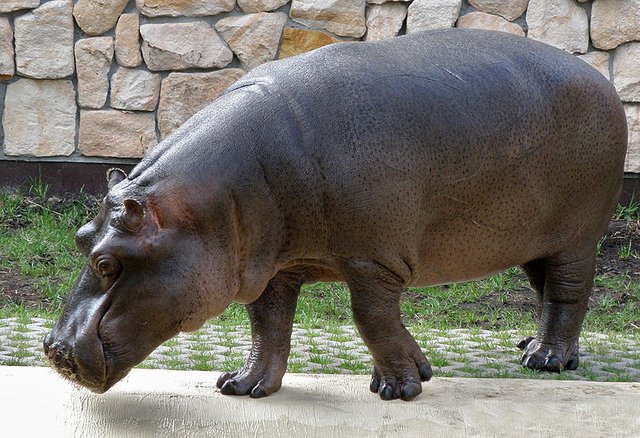
Hippo, User: Alina Zienowicz Licence: CC BY-SA 3.0
In 2009, known in Poland, reputable ornithologist and nature promoter dr Andrzej Kruszewicz was appointed as the director. A Centre for the Rehabilitation of Wild Birds National Centre and a CITES Centre for Reptiles and Amphibians (2013) was established. Many facilities were modernized in order to adapt them to EU requirements. In December 2012, for the first time in Poland, an armoured rhinoceros got born.
In 2007, American writer Diane Ackerman published The Zookeeper's Wife describing the heroic behaviour of the Żabińskis during the war. In 2017, the screening of the book titled The Zookeeper's Wife - The story of Jews hidden in the Warsaw zoo was premiered.
Authored by @highonthehog
References
Photos: @highonthehog
Images: sources linked below
https://poland.pl/history/history-poland/warsaw-zoo-celebrates-90th-birthday/
Frank Fox, Endangered species: Jews and buffaloes, victims of Nazi Pseudo‐science, East European Jewish Affairs, 2001
Click on the coin to join our Discord Chat

Witness proposal is here:
Go To Steem Witness Page
In the bottom of the page type: adsactly-witness and press vote.

Use small letters and no "@" sign. Or, click here to vote directly!
Thank you!
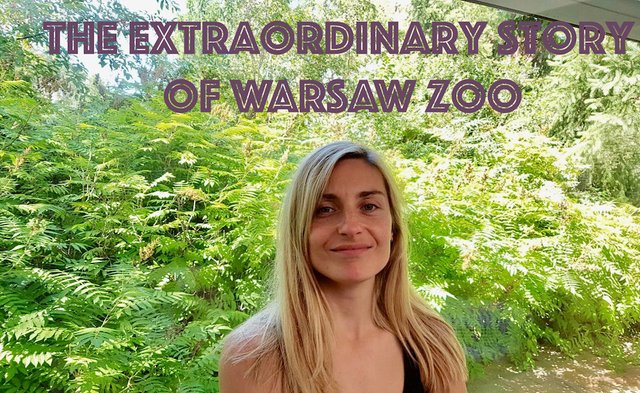

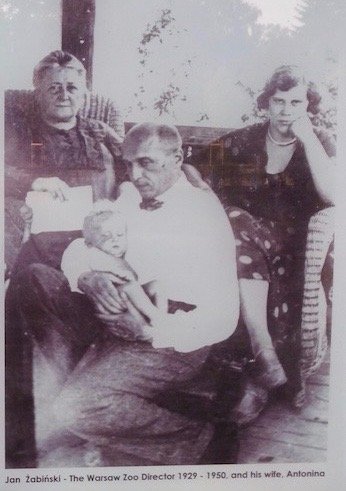
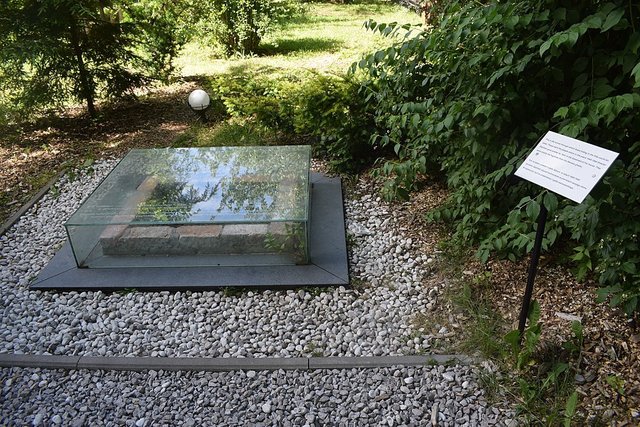
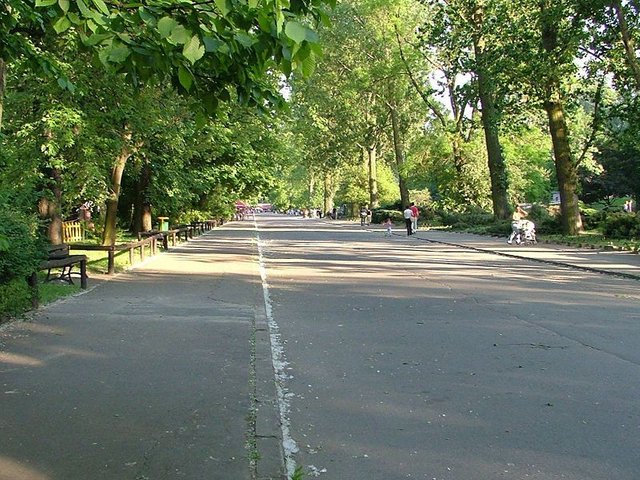
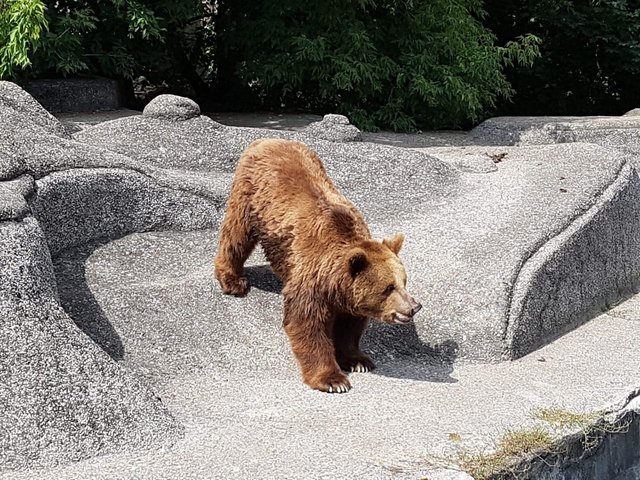
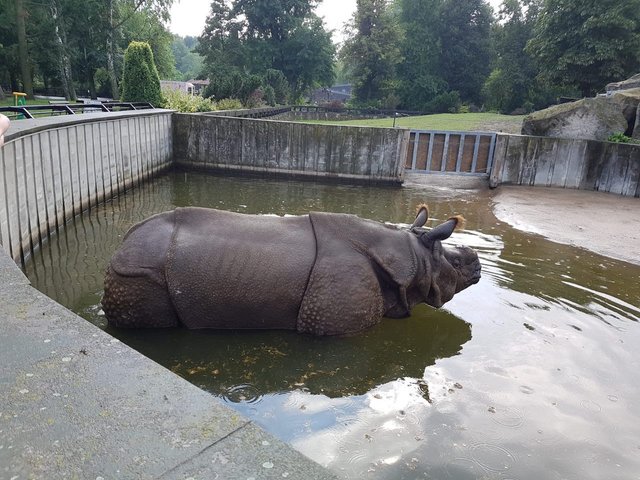
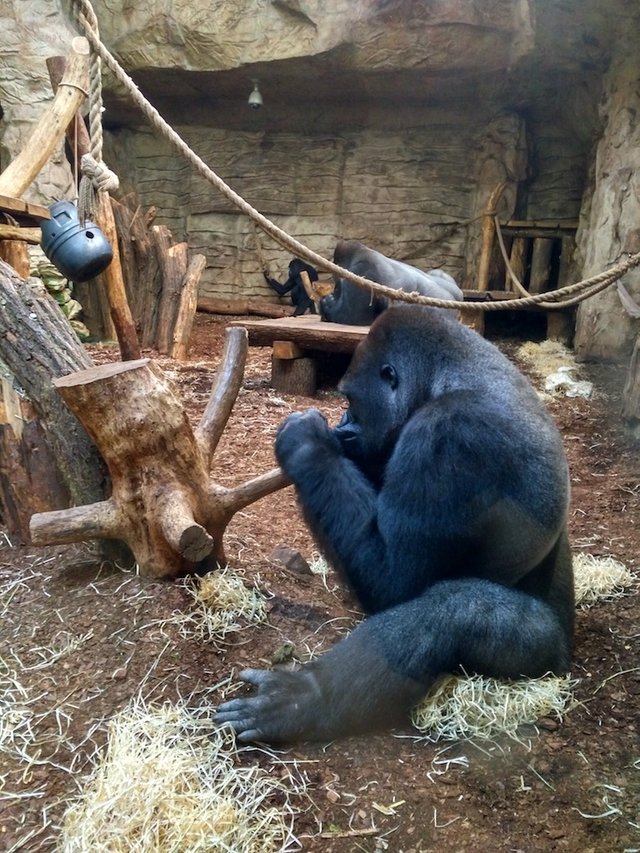
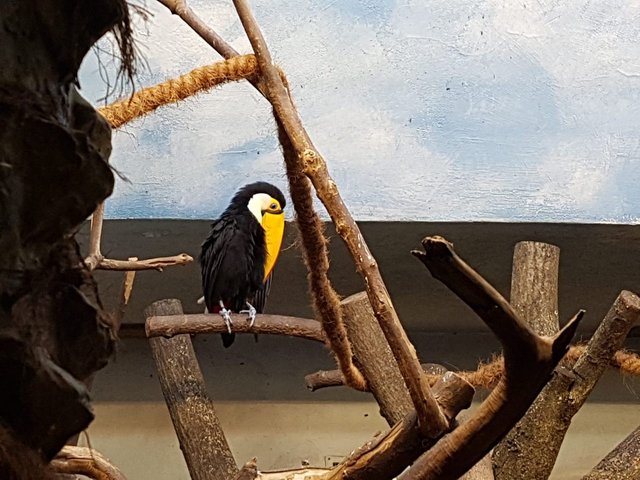
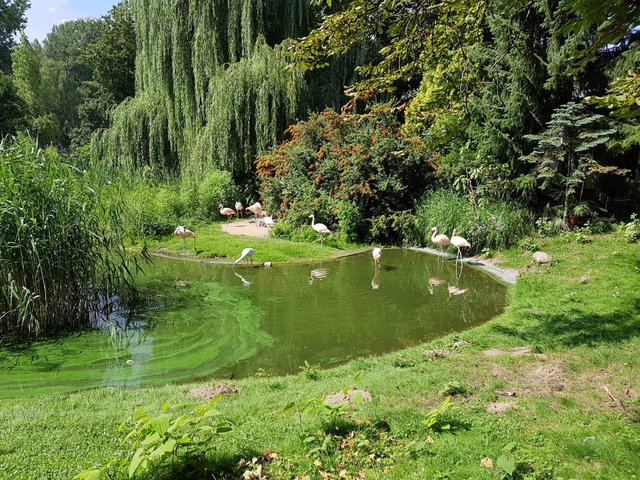
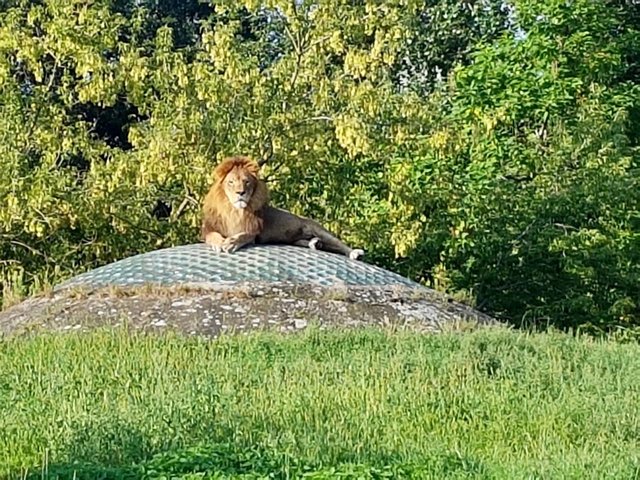
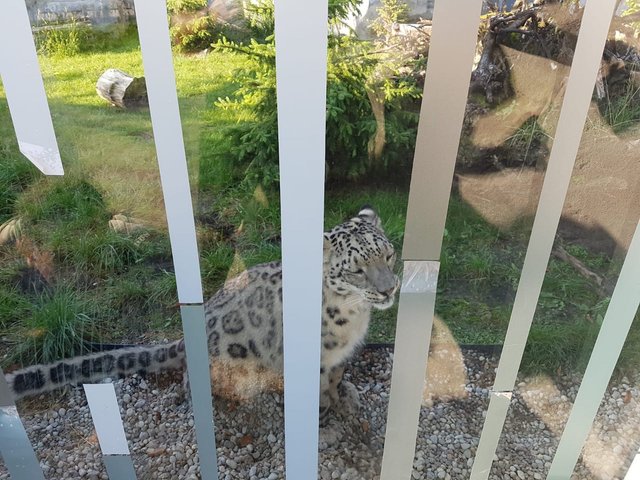
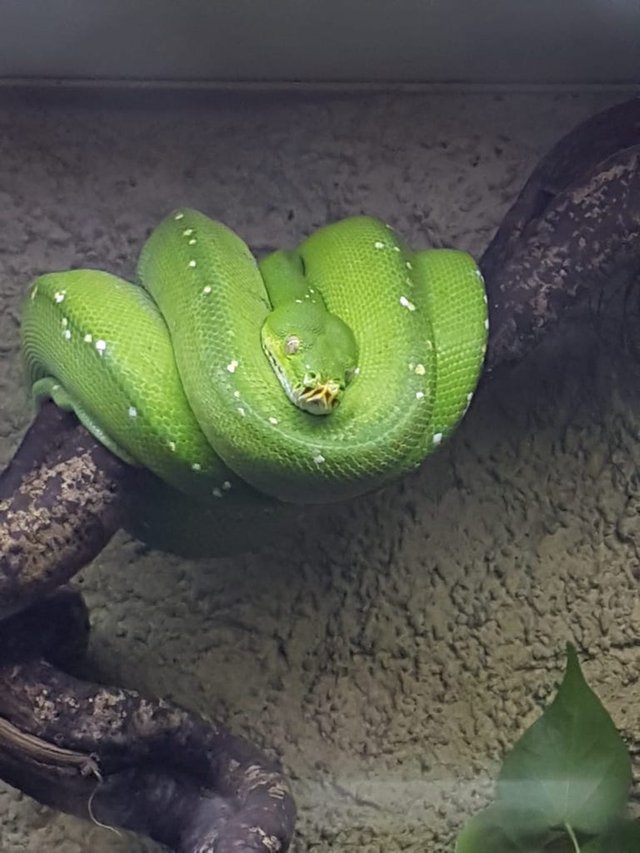
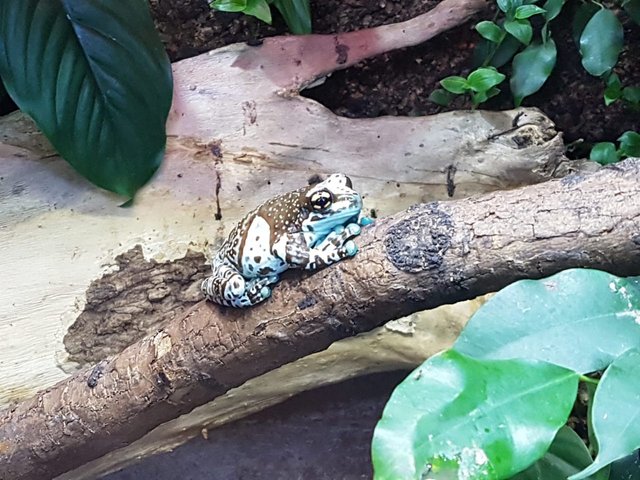
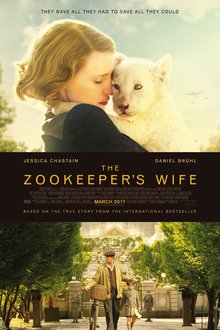
😞 I actualy saw the movie “The Zookeeper's Wife” and the hardest part was, when the Nazi started killing all ZOO’s animals, one by one. Sad story with happy ending. The story is very inspirational and proof of human’s determination paying of even if your life is on the line. Today ZOO in Warsaw is a must see if anyone travels to Poland. It’s history is definitely worth it. Actually my wife was born there.
Wow, I cannot even imagine this part...
I remember the ads for this movie but I never connected it with this particular zoo. I was also born in Warsaw, as a kid, I went several times into the garden with the whole family, but somehow this information totally escaped me. I heard that the book is based on the wife's memories but the film is a little "coloured". Nevertheless, the zoo looks very neat and the visit seems a pleasant experience, despite the general concept of the zoo ...
Say hallo to your Wife ;)
https://steemit.com/aliman/@akkypan/hack-the-world
Thanks @highonthehog for this unique historical sequencing of developments of this iconic zoological garden.
But an observation: Little is made known about it's avian population. Could it be that there are few or not considered significant enough to be well cognised??
Thanks @adsactly for this unique opportunity to behold "physically" this garden!!
Thank you. The garden has a great collection of beautiful, tropical and local birds, it's worth seeing. If I wanted to write about each species of animal I think that enough information would be available for a separate post :) and my modest camera would not be able to take pictures to properly appreciate these birds.
Thanks for the prompt explanation. It is appreciated. I was just curious because of man love for aves!!
Great pictures! I loved the post!
@adsactly
Beautiful pictures, I love animals, not so sure about the whole zoo-concept, but beautiful pictures and touching story about the Żabińskis helping the Jews.
Thanks, I also love animals and I totally agree with you, zoo is not the best place for them, I felt it since I was a child. However, I did not know about this story and wanted to see this place with my own eyes. The garden is beautiful and far away from the busy streets and has a fairly quiet energy, I think that these animals have good care.
@highonthehog
I am glad they had good care and that it was in a peaceful place...
I think there was a zoo on some island in former communist-Yugoslavia, where a bunch of animals escaped, so now there is all kinds of cool animals living on that island...=)
@highonthehog
"In 1978 a safari park was created on the northern part of the island, covering an area of 9 hectares.[9] The park is used as home to a number of exotic animals, most of whom were brought to Tito as gifts from heads of states who were members of the Non-Aligned Movement. These include Nilgai antelopes (given by Jawaharlal Nehru in 1959), the Kob antelopes (given by Zambia in 1962), Somali sheep (given by Ethiopia in 1959), Zebus, zebras, Indian Elephants and llamas.[9] In addition, the chital deer, the Fallow deer and mouflons were introduced to the island in the early 20th century.[10] Their numbers increased in the following decades and can be seen roaming freely around the island."
https://en.wikipedia.org/wiki/Veliki_Brijun
This would be a pretty cool place to visit. =)
Maybe you can go there and make a steemit post about it...
Veliki Brijun
Veliki Brijun (literally meaning Great Brijun, Italian: Brioni Grande) is an uninhabited island in the Croatian part of the Adriatic Sea. It is located off the west coast of Istria in northern Adriatic and is the largest island in the Brijuni Islands (also known as the Brioni or the Brionian Islands) archipelago. Like most of the archipelago, Veliki Brijun is part of the Brijuni National Park, established in 1983.
Beautiful post. Thank you. I have a love for that part of the world. I've been to Latvia and Lithuania. I have numerous friends from Bulgaria, Ukraine, & surrounding places. I'm so glad you found this jewel & shared it with us. Very nice to know the history behind the beautiful film.
Thanks, it is always nice to hear such words of appreciation. Interesting countries, with warm and friendly people there.
All the best @angelfish
Hello friend @bigtom13, how are you feeling?I hope you are well.... first of all I would like to apologize for all this time in which I was a little away from steemit and @adsactly, actually I was very busy with my final thesis degree, for all that I apologize, but well.... I'm back, maybe in one of these days I'll go to your discord chat and talk a little bit...
From what I read in your post this river seems very interesting to me, in fact I didn't know it existed, there's one thing that strikes me as particularly interesting is that salmon runs are worth more than $50 million a year for Idaho, alandlocked state.However, you also mentioned that this is not its net value, since it is very difficult to calculate because many are caught, however you mentioned that the total value is 500 million dollars.
Another thing that caught my attention is that this river is a source of renewable energy, since 65% of the hydroelectric energy produced in the northeast comes from here, without a doubt this river must continue to be exploited (in the good sense) but knowingthat all the resources of this world are finite, that is to say that they can be exhausted, so it must be a correct exploitation.
This river has a lot to give, however the amount of money it generates is large, but it is very good to get as much benefit, as the generation of hydroelectric power, in short... Greetings to you friend @bigtom13 and to allthe community of writers of @adsactly, without further ado I say goodbye, I hope for your next contents, greetings from Venezuela!
So. Sucking up is not good. Pasting your comment in the wrong post is even worse. Flag.
see this from linoo36's comment. https://steemit.com/education/@adsactly/adsactly-education-snake-river.
Hi @adsactly sir.. I'm saying a nice travel story, hope it will be everyone's choice. It's a shot story... are 22 species of freshwater in the world. In this subcontinent, there are two. One in Sri Lanka and the other is our night The total size of the forest is 3,325 acres. Whose 504 acres of forest is declared wildlife sanctuary. Located 26 km away from Sylhet city. The easiest and beautiful way to get the night away from Khadim Tea Garden and Khadimnagar National Park by the side of the city. It is possible to reach the nightshade through this route in a very short time. From Sylhet's Amberkhana point, take a one-and-a-half hour time to go to the motoraghat with CNG. Rent 200-300 taka In the forest, you will have to go from the motorbike to a dinghy boat. Boat hour 200-300 Taka This is the shortest time and cost.
Apart from this, the other way round can be used. The route is going to Sylhet-Jaflong's car at Sarigghat. Rent 40-50 taka From here the Gowainghat market in CNG From there you have to go to the boat tonight. To enjoy the natural beauty of the river path, it is better to go this way. But the cost and the time will take more than two ways.
hell yeah!
hell yeah!
You are Amazing!
:) thanks for dropping by.
You are welcome!
GREAT POST..
Enlightening posts. A good job by taking historical literacy and careful observation. I live in a country far from Poland, but we learned the history of how the second world war erupted, one of them was the German attack on Danzig. This attack sparked peace that even between countries that had already agreed to not attack finally became disturbed and involved in the big war.
With the existence of the war, the effort to preserve various animals that may have begun to become scarce is constrained. The threat of hostility and slaughter that always lurks into everyday life. not only the lives of teseut animals but even the human soul that is being sought to be the target of murder in the name of war.
occupational by Germany which of course makes this zoo more damaged. lucky when the war is over the situation changes for the better. The renovation business and its repairs continue to be carried out until now, of course, the better.
Fortunately, Poland has a zoo that is growing rapidly, from only 28 hectares to 40 hectares. My funds came to know through psoting that polar bears were born there. named WARS and SAWA ...
Indonesian pronunciation of WARSAWA, as the name of the Polish capital, turned out to be the baby name of a polar bear which is certainly very proud. Successfully breeding polar bears, one animal that certainly requires great effort to succeed in doing so.
with a beautiful photo, nice scenery, cute animals, a scene that certainly gives more fun to this post. You work hard to get this angle of photograph.
I enjoy so much both your photo and your explanation.
Silent love @highonthehog
Thank you @adsactly
Thank you Steemit
Warm regard from Indonesia
Beautiful words, thank you for such a deep and thoughtful comment.
Warm greetings from sunny Munich.
Credits to @highonthehog for bringing up with such nice post . adiitionally the contents gets beautified with beautiful shots..especially the Snake. Jan Zabonski have made all possible way to to keep the zoo open and maintained. Warsaw always remeber the great contribution of Jan Zaboski who treated all these animals as their family and make sure the zoo keep growing day by day.
Great to see all the efforts were not in vain considering the efforts are still going on for the upliftment of the zoo....
Love Animal...
@steemflow
Posted using Partiko Android
Thanks you for your time, for your comment and nice words.
All the best.